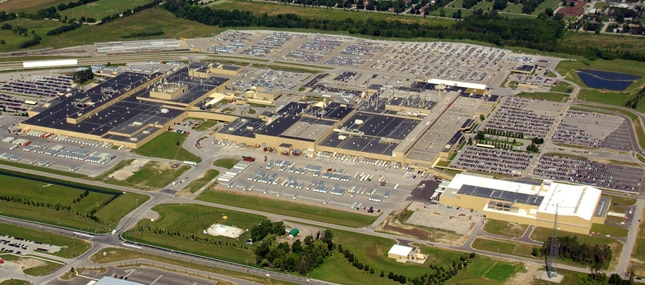Have you ever wondered where your favorite compact SUV, the Honda HR-V, is crafted? It’s a question that brings forth not only geographic curiosity but also a challenge: how much does the place of manufacture influence the quality and characteristics of your vehicle? This exploration into the life of the Honda HR-V will guide us through its manufacturing roots, quality assurance measures, and perhaps even the enigmatic allure of global automotive production.
The Honda HR-V is not merely a vehicle; it is a testament to cutting-edge engineering and craftsmanship. Knowing where it is made can give enthusiasts and potential buyers deeper insight into the SUV’s reliability and design ethos. The majority of Honda HR-V units are assembled in North America, specifically in Mexico. The plant in Celaya, Guanajuato, offers a state-of-the-art facility where skilled workers bring precision and dedication to the assembly line.
But why Mexico? The choice of location reflects Honda’s strategic decision to leverage the benefits of nearshoring. By placing manufacturing close to key markets such as the United States, Honda can optimize logistics and reduce transportation costs while maintaining stringent quality standards. However, this decision opens a dialogue about the balance between cost-effectiveness and the preservation of craftsmanship.
Known for their meticulous quality control, Honda’s manufacturing facilities implement some of the most rigorous standards in the industry. From the moment raw materials arrive until the completed vehicle rolls off the assembly line, every step is scrutinized for excellence. Workers undergo extensive training, ensuring that they embody the precision and reliability Honda stands for. This dedication manifests in the HR-V, which is often lauded for its safety and driving dynamics.
Yet, the debate rages on: does manufacturing origin truly impact the final product? Some consumers argue that vehicles produced in North America, due to their proximity to Honda’s research and development centers, inherently offer a greater level of refinement and innovative tech features than those manufactured elsewhere. Others counter by emphasizing that Honda’s global quality protocols ensure that every vehicle, regardless of its origin, pays homage to the brand’s legendary reliability.
It’s also illuminating to consider the broader context of automotive manufacturing. Ford, GM, and Toyota have also turned to Mexico as a viable production hub for SUVs and sedans alike, with various factors playing into this strategic move. Tax incentives, lower wage structures, and favorable trade agreements create an environment ripe for automotive greatness. However, this raises ethical concerns: are companies prioritizing profit over worker welfare?
In navigating these layered perspectives, it becomes clear that every vehicle manufacturer, including Honda, faces tough decisions. Companies strive to provide top-tier products while also addressing international labor standards. The societal implications of manufacturing practices cannot be overlooked. Are automakers paying fair wages? Are they providing safe working conditions? Questions like these remind us that the simple act of driving a vehicle can stir up a cauldron of ethical discussions.
The HR-V, marketed as a versatile compact SUV, has gained significant traction since its inception. Its ability to cater to a wide audience—from urban dwellers needing agile navigation through busy streets to families requiring ample cargo space—demonstrates Honda’s commitment to consumer-centered design. But was this versatility influenced by its manufacturing locale? It’s certainly plausible that insights into regional driving cultures help inform the design and features embedded in the HR-V.
Another noteworthy dimension is Honda’s commitment to sustainability. The plant in Mexico highlights this effort, deploying eco-friendly practices in the production process. From reducing waste to implementing energy-efficient technologies, Honda is keenly aware of its environmental footprint. Consumers increasingly favor brands with sustainable practices, hinting that the ethos of the manufacturing location is as critical as the physical assembly of the vehicle itself. How does this commitment to the environment reflect in the HR-V’s overall design? It’s a thought-provoking inquiry.
As we contemplate the Honda HR-V’s journey from factory to consumer, it becomes essential to recognize the milestones along this path. The initial engineering, followed by the assembly process, and finally, the transportation to dealerships all play integral roles in shaping the vehicle’s delivery. However, this intricate tapestry also highlights another challenge: the potential for delays in production and shipping, often influenced by global supply chain issues. Whether it be a semiconductor shortage or logistical bottlenecks, even the most streamlined operations can face unexpected hurdles.
In conclusion, the Honda HR-V stands as a prime example of the complexities enveloping automotive manufacturing. It’s not just about assembling parts; it’s about crafting a narrative that intertwines culture, ethics, and innovation. The question of location—where the HR-V is made—invites deeper contemplation about quality, labor, and global perspectives in the automotive landscape. And perhaps the most significant takeaway is the realization that, as a consumer, your choice is influenced by more than just a brand name; it’s an invitation to engage with the broader implications of your automotive decisions.
